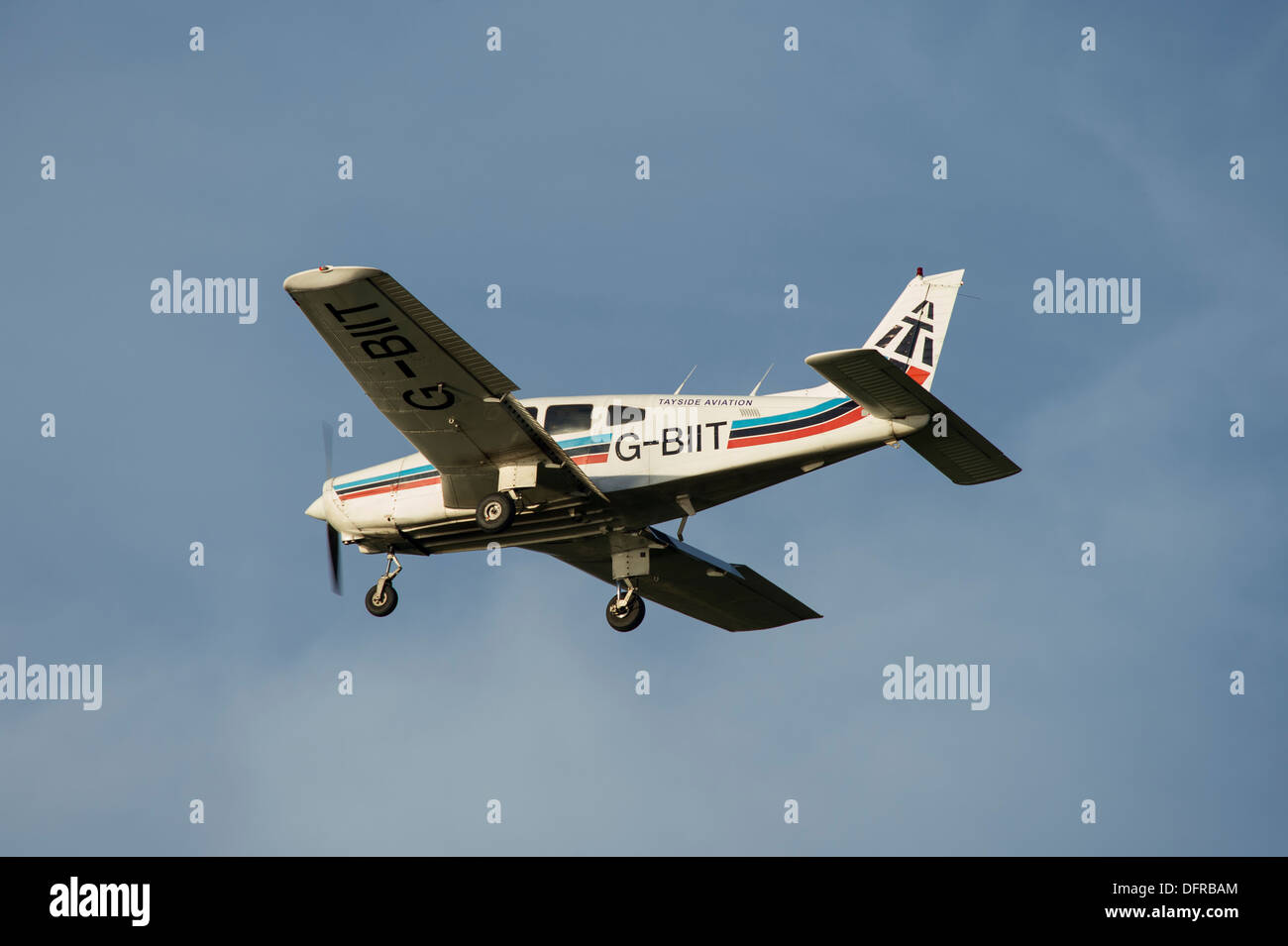What Does "The Evolution of Light Aircraft: From Pioneering Designs to Modern Innovations" Do?

The Evolution of Light Aircraft: From Pioneering Designs to Modern Innovations
Light aircraft have come a long method since their modest starting points in the very early 20th century. These small, flexible aircrafts have participated in a vital duty in aviation past history, from pioneering layout that drove the boundaries of air travel to modern innovations that have transformed the means we travel. In this write-up, we will look into the development of light plane, highlighting vital breakthroughs and advancements that have shaped their layout and performance.
The sources of light plane may be traced back to the early times of flying when makers and enthusiasts found to overcome the heavens along with their soaring makers. One such leader was Orville Wright, who produced record with his successful air travel at Kitty Hawk in 1903. The Wright brothers' plane, understood as the Wright Flyer, was a biplane along with a wingspan of 12.3 gauges and a weight of about 340 kgs. While it may seem to be earliest by today's specifications, this introducing design placed the structure for potential growths in light plane.
Throughout the early 20th century, designers and engineers experimented along with various configurations and components to enhance upon existing layout. One distinctive example is the Piper J-3 Cub, presented in 1937 by American manufacturer Piper Aircraft. The Cub included an all-metal airframe and became hugely prominent due to its affordability, dependability, and simplicity of usage. It participated in a essential job in the course of World War II as a coach for military flies.
Developments in innovation during the course of the mid-20th century led to considerable remodelings in light airplane performance and protection. The overview of extra powerful motors permitted these planes to fly faster and much higher than ever before previously. In This Article Is More In-Depth , innovations such as retracting touchdown gear and improved the rules of aerodynamics enriched stability and command during flight.
One well-known instance of this age is the Cessna 172 Skyhawk, initially flown in 1955. The Skyhawk swiftly came to be one of the most prosperous lightweight plane style in record, along with over 44,000 units created to time. It included a high-wing setup, four seats, and a reliable piston motor. The Skyhawk's adaptability and ease of operation produced it a prominent selection for private aviators and trip universities.
In latest many years, developments in materials, avionics, and propulsion devices have even more improved the world of lightweight airplane. The overview of composite products, such as carbon fiber-reinforced polymers, has resulted in lighter and stronger airframes. This not just strengthens energy effectiveness but also improves efficiency and safety.

The combination of innovative avionics has transformed cabin instrumentation and navigation capacities. Glass cabins along with digital trip screens have switched out typical analog gauges, providing aviators with even more precise and thorough details at their fingertips. GPS navigation units have also come to be typical tools in present day light aircraft, enabling for accurate route planning and navigation.
Yet another considerable development is the appearance of electricity power devices for light aircraft. Power electric motors supply numerous advantages over standard piston motors, consisting of minimized sound levels, reduced operating expense, and ecological sustainability. While electric plane are still in the early phases of development and adoption due to limits in battery modern technology, they store fantastic pledge for the future of aeronautics.
In final thought, the evolution of lightweight airplane from introducing concept to modern developments has been steered through a mix of technological developments and the needs of captains and operators. These small planes have happen a lengthy method since their inception at Kitty Hawk over a century ago. Along with each new design version happens improved functionality, protection features, and working effectiveness. As we look ahead of time to the future of lightweight aircraft modern technology, one can easily just visualize the impressive opportunities that lie ahead.
Word matter: 579
